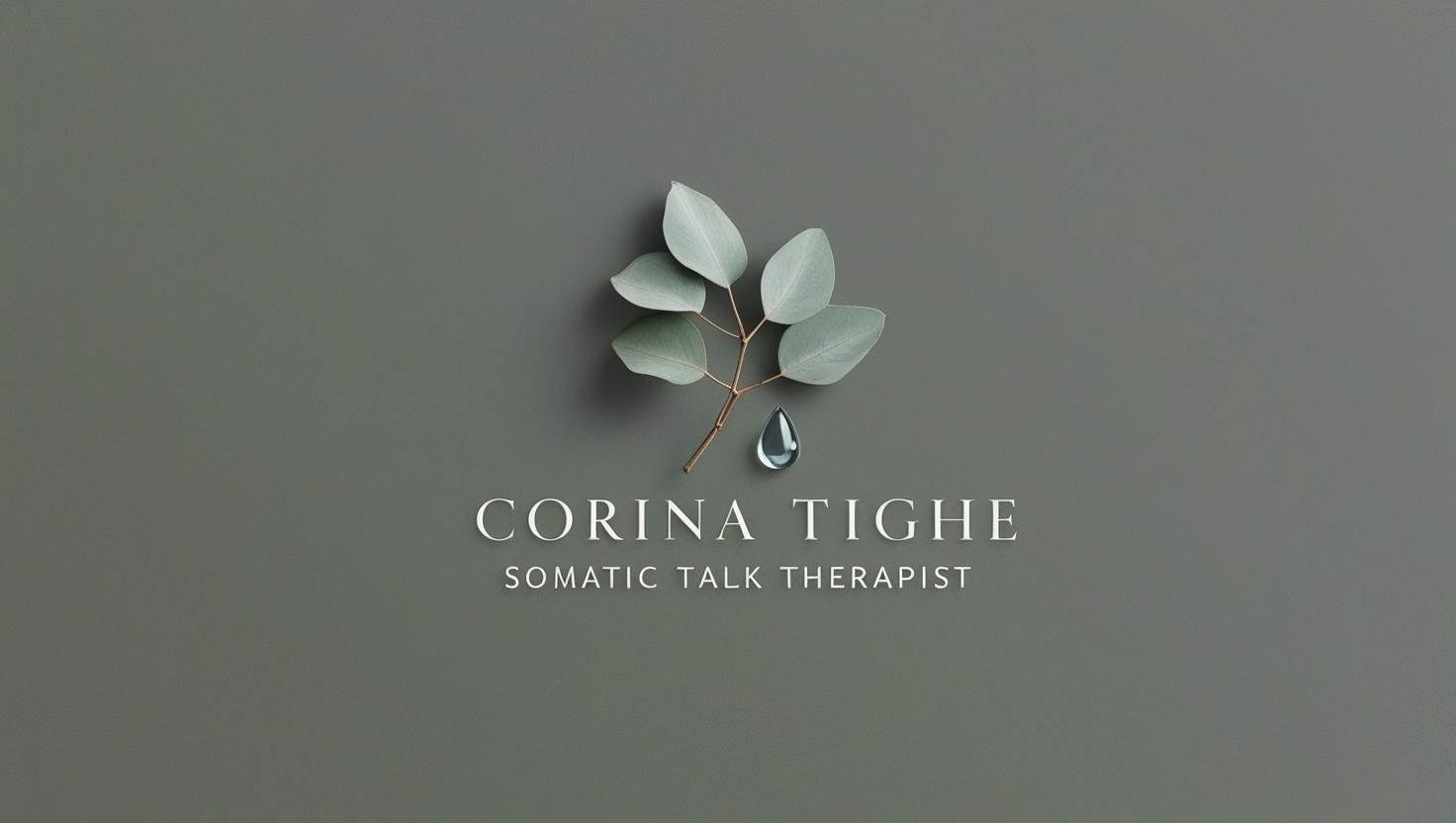Listening to the Body: The Quiet Power of Somatic Healing
Is Your Body Holding Stories Your Mind Can’t Yet Express?
Long after a painful experience has passed, trauma often leaves behind subtle imprints—not only in our memories, but deep within our bodies. Tight shoulders, a clenched jaw, or a fluttering stomach can all be signs of unresolved stress or emotional pain. For those seeking a holistic path to healing, somatic therapy offers a powerful, body-centered approach.
Somatic therapy is a blend of body-focused techniques and traditional talk therapy. It honours the intimate connection between mind and body, encouraging individuals to explore their internal landscape through sensations, breath, movement, and gesture. This approach creates a safe space to process and release trauma stored in the body—often in ways words alone cannot reach.
One of the core principles of somatic therapy is the understanding that the body holds onto past experiences, especially those that were overwhelming or silenced at the time. These unresolved experiences can manifest as chronic tension, emotional numbness, digestive issues, or general feelings of disconnection. By gently tuning into the body’s cues, individuals can begin to identify areas of constriction and move toward healing and integration.
Incorporating somatic techniques into psychotherapy can deepen self-awareness and support a stronger sense of agency and empowerment. Rather than simply talking about what happened, this approach allows for a felt experience of release and repair—bridging the gap between insight and embodiment.
For those navigating anxiety, low self-esteem, stress, trauma, or relational difficulties, somatic therapy offers a compassionate and effective pathway to healing. Clients often describe feeling more grounded, more present, and more connected to their emotions and needs after engaging in body-based work.
Consider this example: someone may come to therapy feeling “stuck” in cycles of overthinking and exhaustion. As sessions begin to explore the body’s sensations—perhaps noticing a tight chest or shallow breath—deeper emotions may arise. Grief, anger, or fear that has long been held beneath the surface can begin to move. Through somatic awareness, these feelings can be acknowledged, expressed, and eventually released.
Somatic therapy is not about fixing what’s broken—it’s about reclaiming parts of ourselves that have been hidden or frozen in survival. By learning to listen to the body with curiosity and care, individuals can discover a renewed sense of resilience, emotional clarity, and self-trust.
If you're seeking a more embodied, compassionate approach to healing, somatic therapy may be the invitation your nervous system has been waiting for.
The body remembers the way home. And healing begins when we learn to listen.
